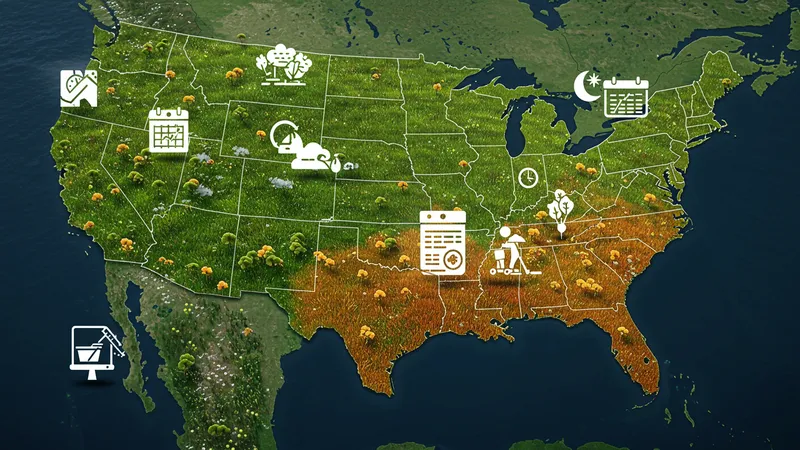
How Lawn Care Companies Structure Maintenance Plans
Scheduling, Regional Adjustments, and Weather Considerations
Scheduling is not an afterthought in the world of structured maintenance plans. Lawn care companies in the United States meticulously plan service calendars to synchronize applications and mowing with peak lawn growth phases, regional climate patterns, and weather-driven adjustments. The major benefit of this approach is optimal results—rooted in scientific scheduling rather than a reactive call-in basis.

For instance, in warmer U.S. states like Texas or Florida, year-round growing conditions demand more frequent visits. In contrast, areas experiencing winter dormancy (such as the Midwest or Northeast) often condense most activity into late spring through early fall, with both the frequency and nature of treatments shifting accordingly. This regional calibration ensures that lawns aren’t over- or under-serviced, a common risk for generic or DIY schedules.
Weather disruptions are an inevitable part of outdoor services, so structured plans often build in flexibility for rescheduling after storms or heatwaves. Top firms communicate planned changes proactively, using apps and email to keep customers up to date. Services like TruGreen’s mobile alerts help clients avoid unnecessary worry or confusion if unseasonable conditions delay a visit, establishing trust through transparency and responsiveness.
Seasonal transitions add another layer of complexity. Many structured plans automatically shift fertilization blends and mowing heights as the calendar turns, responding to signals such as soil temperature, day length, and rainfall. The adaptability of these schedules contributes significantly to sustained lawn health and minimizes customer intervention—demonstrating the value of a thoroughly engineered service plan over ad-hoc arrangements.